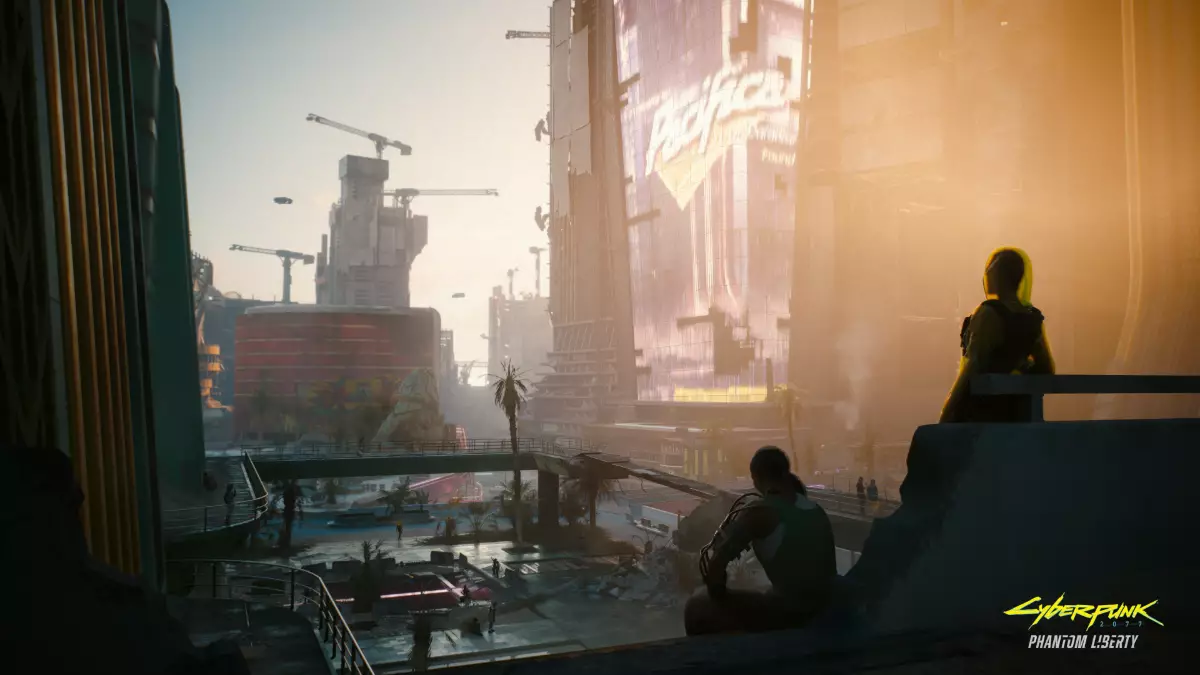CD Projekt Red has teased the gaming world with its upcoming sequel to Cyberpunk 2077, codenamed Project Orion. Despite the tantalizing promise of this project, the details have largely remained cloaked in secrecy since its announcement in 2022. As anticipation builds, creator Mike Pondsmith recently offered a glimpse into what players can expect. By hinting at the inclusion of a second city to accompany the beloved Night City, he stirred the pot of excitement and curiosity. However, the question lingers—will this venture not only meet but exceed the lofty expectations set by its predecessor?
A More Expansive World
The integration of a second location is arguably one of the most significant elements Pondsmith divulged. He described this new city as akin to “Chicago gone wrong,” immediately stirring visions of dystopia that could rival or even eclipse the already richly crafted Night City. The prospect of exploring a new environment within an established universe is thrilling, yet it begs the question: Can CD Projekt Red deliver a landscape that feels as believable and immersive as Night City?
While gamers are accustomed to expansive open worlds, the real trick lies in crafting spaces that resonate emotionally and conceptually with the overarching narrative. The challenge for the studio will be to ensure that wherever players find themselves in this new urban sprawl, they are met with the same intricate detailing and depth that made Night City so compelling. Can they achieve a balance between scaling up the world while anchoring it in meaningful storytelling?
Pondsmith’s Insight: A Balancing Act
Pondsmith’s insights provide a mix of reassurance and skepticism. His familiarity with the narratives and environments adds a layer of credibility, yet the fact that he claims to have had minimal direct involvement with Project Orion raises flags. Can any sequel to a groundbreaking title capture the original’s spirit when the creator is less engaged? It’s a delicate balance. He mentions frequent conversations with the environment team and his satisfaction with the emergent ideas, but enthusiasm must be paired with palpable substance in gameplay and design. Fans will need more than on-the-surface creativity; they desire a game that provides depth beyond visual flair.
Pondsmith did assert that Night City remains in the sequel, acting as a bridge between the two distinct locations. This could be an opportunity for players to experience contrasting narratives or gameplay mechanics that enrich the overall experience. However, if one city overshadows the other, it risks diluting the potential impact of Project Orion. Developers must tread carefully to avoid creating a world divided, where players may gravitate toward one locale while neglecting the other.
Technological Evolution and Player Expectations
The announcement that Project Orion would utilize Epic Games’ Unreal Engine 5 is promising, particularly considering the engine’s reputation for pushing graphical boundaries. Yet, these advancements come at a cost—expectations are now sky-high. Gamers are no longer satisfied with mediocre graphics or outdated mechanics; they demand a level of realism and interactivity that feels groundbreaking. CD Projekt Red’s hints about a “realistic and reactive crowd system” suggest that they are aware of these demands and are striving to create a living world. Still, the execution will be critical—how well can they implement technology without it overshadowing storytelling and character development?
In this era of swiftly changing gaming landscapes and fierce competition, CD Projekt Red has immense pressure to not only deliver a polished experience but to recapture the hearts of fans who felt betrayed by the original launch. The ghost of Cyberpunk 2077’s troubled start looms large; expectations soar but trust has been fractured. Will Project Orion restore faith, or will it compound the studio’s missteps?
Anticipation Versus Realism
As fervor builds for Project Orion, one truth remains undeniable: excitement must be tempered with realism. CD Projekt Red holds in its hands an opportunity to redefine the franchise but risks falling short of expectations. The promise of new environments, advanced technology, and a deeper narrative are alluring yet precarious. While there is palpable excitement surrounding the prospect of a sequel with greater scope, gamers should remain vigilant and critical, mindful that a sequel’s promise of bolder horizons can be easily stifled by missteps and oversights. The gaming community deserves something spectacular—not just an opportunity for gilded visuals, but a cohesive, heartfelt experience that honors the legacy of Cyberpunk 2077. Only time will tell if Project Orion can rise to the occasion.

